Everyone was once a beginner, me included.
This is the great time for photography starters: So many great gears with reasonable price. However for architectural black and white photography, you’d better chose right gears for your needs. So, let me pick up some of gears for you based on my decade experience.
Let’s jump in the B&W white architectural world!
Camera
So, start with a camera body.
Which brand? There are no bad camera out there, though I’m a Nikon guy. I don’t know other brand well, but know well about Nikon cameras. I’m telling you only my based on decade experience.
So you can cont on me about Nikon.
D750
This is my first recommendation in the current market.
featured:
- Full frame (FX): great 24.3 mega pixels
- Tilting monitor
- Weight: 840 g/1 lb 13.7 oz with battery and memory
- Remote control availability
- W-SD card slot
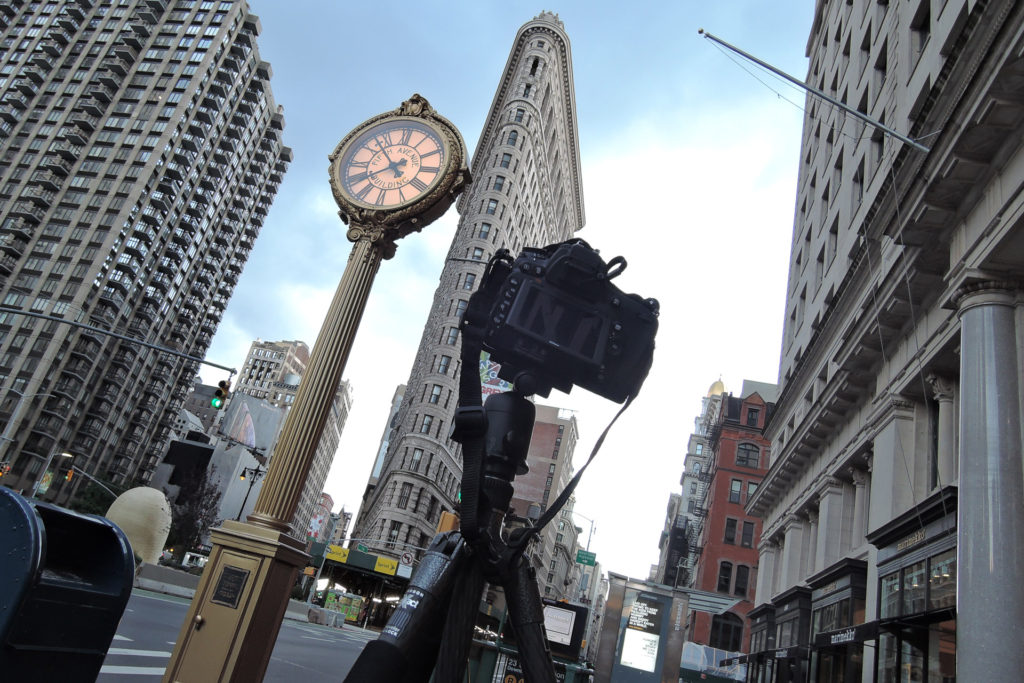
Resolution: 24mp
24 mega pixels is enough for most cases. see below.
Pixel Size comparison
Full HD= 1920×1080
4K=3840×2160 (px)
D750=6016×4016 (px)
If you are going to print your image more than A3 size often, you should get D850 or Z7.
However, just seeing in the PC or print less than A3, 24mega is very rational size.
Plus,24 mega pixel is generous for post production.
※I’ll write about how the file size is increasing during the postprocess in a future article. 24mp is truly a sweet spot.
This is a great Nikon camera.
Both used one or new one is OK, since the price is pretty moderate right now.
Tilting monitor
A tilting monitor is so useful for lookup shot and low angle.
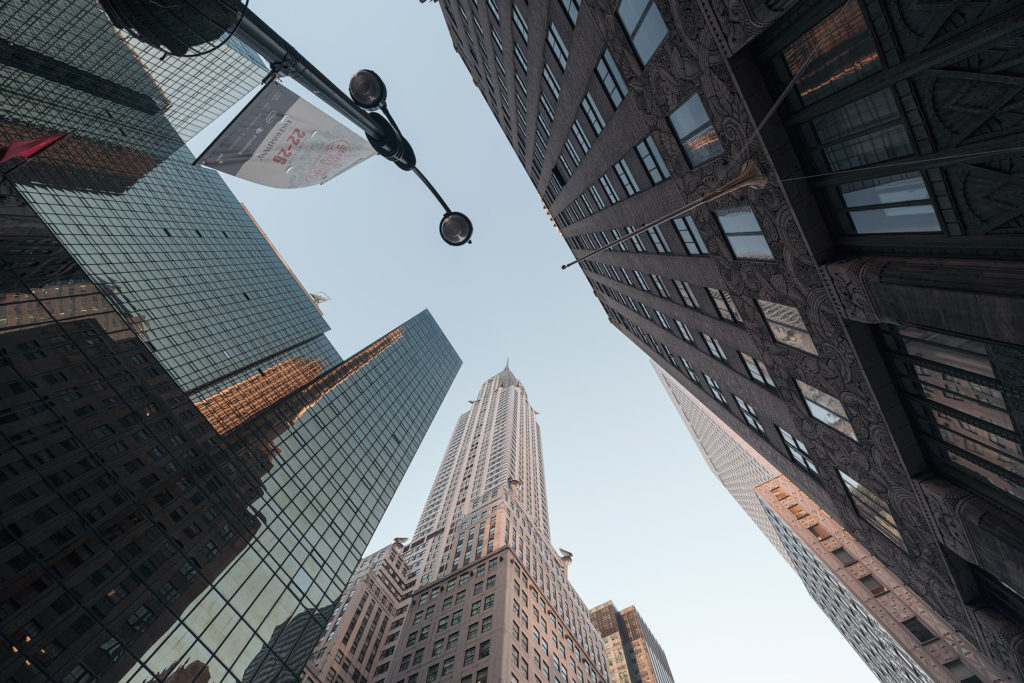
The precious handy Remote
I really regret that Z6(Z7) lack of IR remote: ML-L3
It’s cheap but so handy remote!
I did a lot “longexposure” with this handy remote
[Using time mode with the IR remote example]
When you can “TIME” mode (not “Bulb”)
3 minutes long exposure shooting Example:
- Set “time” in Manual mode
- Press the remote, wait 3 minutes
- press the remote again. Done.
Pretty easy! You don’t need any wired remote, or costly a wireless shutter.
But don’t forget releasing the shutter, then you’ll have a white frame.
Other cameras
D610
The big deference is without the tilting monitor.
If your neck is strong enough, and don’t care for lie down on the ground, this is your camera with super valuable price.
I traveled a lot with D600, taking many long exposures, and panorama.
Oh, there is an old-style, but a super useful item for you:
angle view finder.
Since an angle view finder does not affect the image quality at all,
Chose a cheep third party. You don’t need pick the costly genuine DR-6.
Actually this item is fun to use. Looking for the scene through view finder is a true joy rather than seeing with the LCD monitor.
Z5
Z5 has just announced, and many are interested in your first FX camera.
It’s OK to try, but still I don’t recommend you it as the architecture stater camera.
The camera is still costly, and you need other gears like, lenses, a tripod, filters anyway.
Lens
You can use any lens for architectural photography, but the first lens you should get is this ultra wide lens.
AF-S NIKKOR 16-35mm f/4G ED VR
- 16mm is pretty wide
- Super sharp
- 77mm filter capability
- Reasonable price range($600-$800)
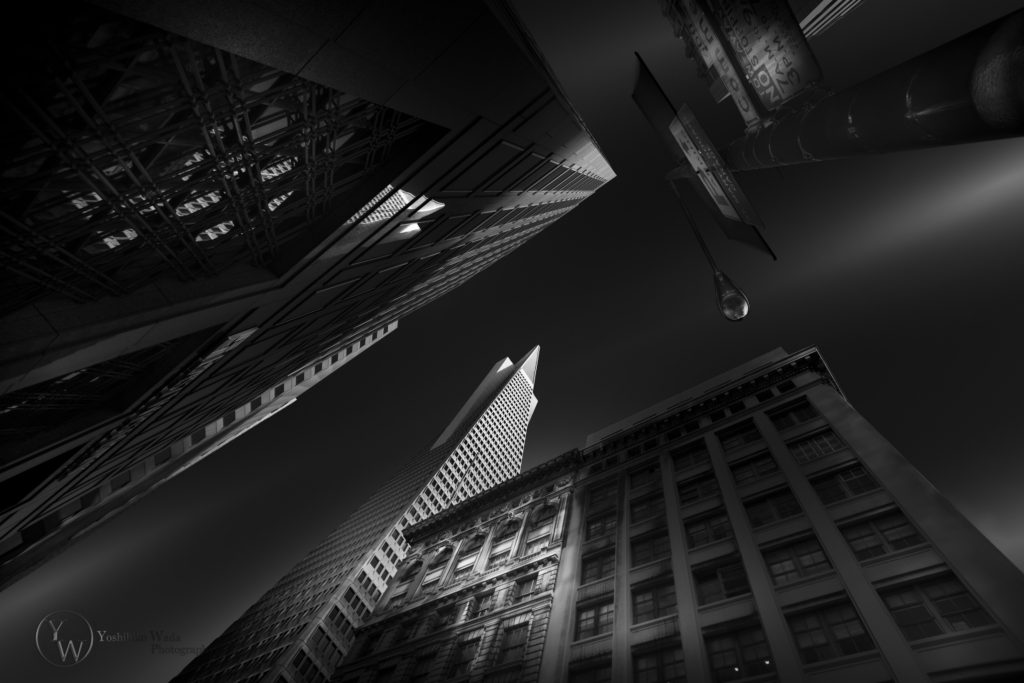
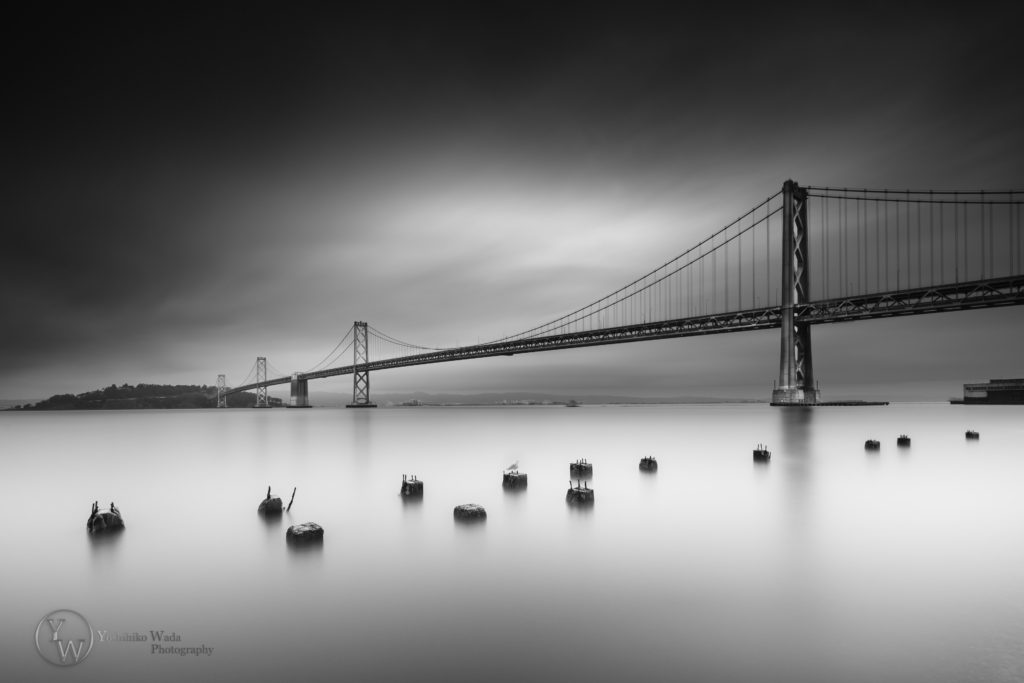
How about 14-24mm ?
14-24 mm f2.8 is one of my favorite lens.
But I never recommend as a starter.
You have many filter options right now, but in reality,
You’ll fed up carrying those balky filter system.(like me)
Though, you should try this lens if you shoot with Nikon.
Since the price is pretty moderate right now.
Thanks for the people who migrates “Z”.
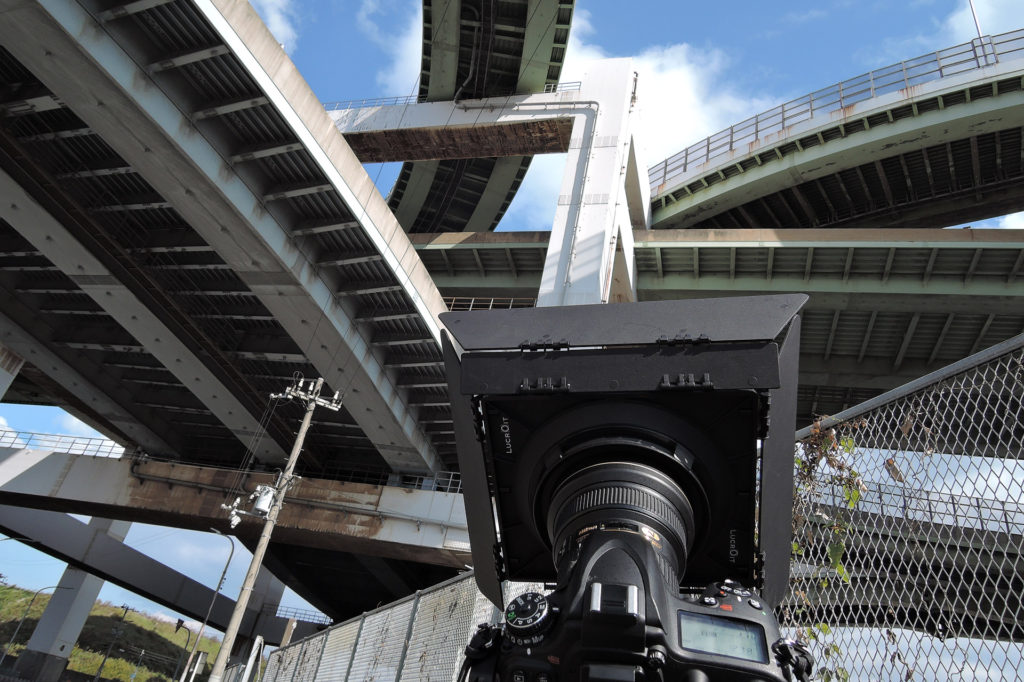
Filters
ND filter
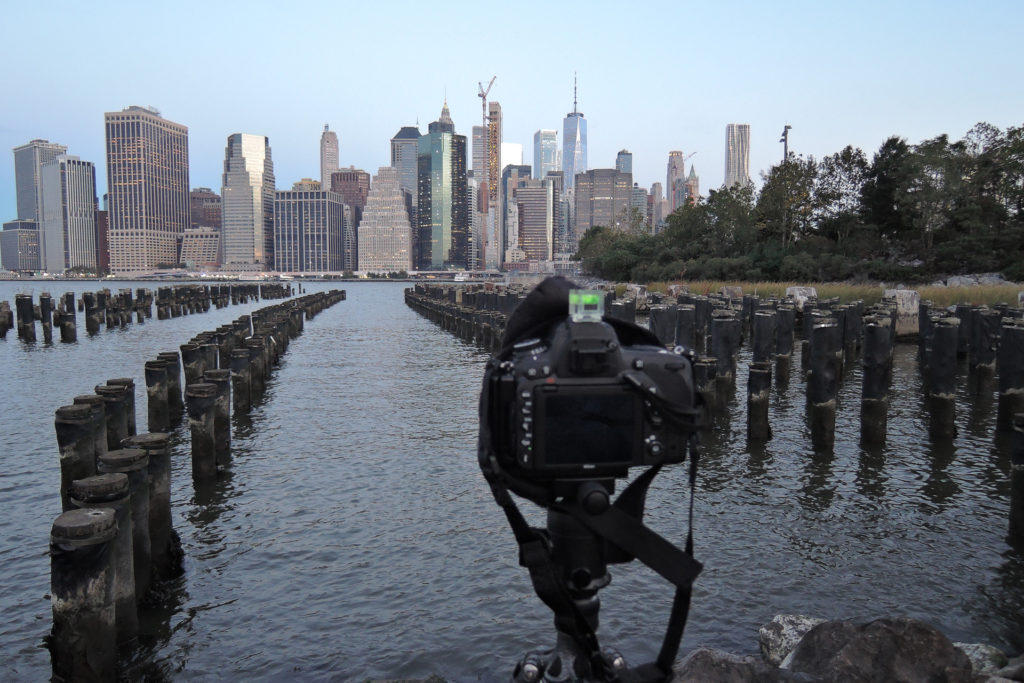
ND filtres are must have item.
For landscape 3 ~10 stops are most common, but B&W Architectural photography,
here is my go to filters.
Formatt-Hiteh Firecrest ND filters
- ◎16 stops (must have)
- ◎13 stops (must have)
- 〇10 stops (better to have)
There are many filter brand these days.
I can’t test all of them.
If you have time and money, try some cheap ND filters.
Then you’ll see how the color cast appear after the hyper long
exposures.
The significant differences will appear after 30 seconds exposures.
I don’t want to waste your precious time with dumb filters.
So here is the sample of before and after with 300 seconds with
Firecrest 4.8 (16 stops).

Firecrest or Firecrest Ultra?
Recentely, they’ve upgrade Firecrest to Firecrest ultra, which
is, they say:
-excerpt-
https://www.formatt-hitech.com/firecrest-ultra-1
With Firecrest Ultra we have taken this process one step further and we now “lap and polish” the filters, a process previously only carried out on our cinema grade filters. So as well as the superb neutrality and durability that Firecrest deliver, the filters now benefit from enhanced clarity and sharpness and are the most optically flat photographic ND filters in the world, regardless of focal length.
The bottom line is “Superber”.
I haven’t test them yet, but my previous model
“Firecrest” had pretty enough quality for me, and they are reasonable price. So as a starter filter I recommend “Firecrest” not ” Firecrest ultra”.
In the future when I shoot more landscapes with color,
I’ll switch to Firecrest ultra.
(Or if they send me the set of samples.)
Tripod & ballhead
A steady tripod is just as important as camera and lenses, especially for long exposure photography,
you should pay much attention your first tripod even more than your camera. If you get a bad tripod, you get frustrated, and never produce a good image.
Gitzo or Chinese brands ?
I have 3 Gitzo’s tripod, and 2 Leofoto tripods.
Gitzo is cool, and Yes, pretty stable.
But these days many Chinese manufacture is making great tripod these days. Sirui and leofoto is my recommendation.
Actually most my published image were taken by
SIRUI’ tripods.
There is no ultimate tripod
I have 5 tripods, and use them separately depends on the situations.
So, I recommend that you should think you have at least two, or three tripods in the future.
But for the first tripod I recommend you is a travel type tripod because:
・A compact tripod is mobile, and not conspicuous in the urban area.
・You’ll hate a heavy tripod, and will end up don’t feel carry it around
・With proper use, travel tripod has enough steadiness for even 5 minutes long exposure.
・light and pretty mobile.
With a D750 class or mirror-less cameras, a travel type compact tripods will suit them.
Accessories
※UP COMING!
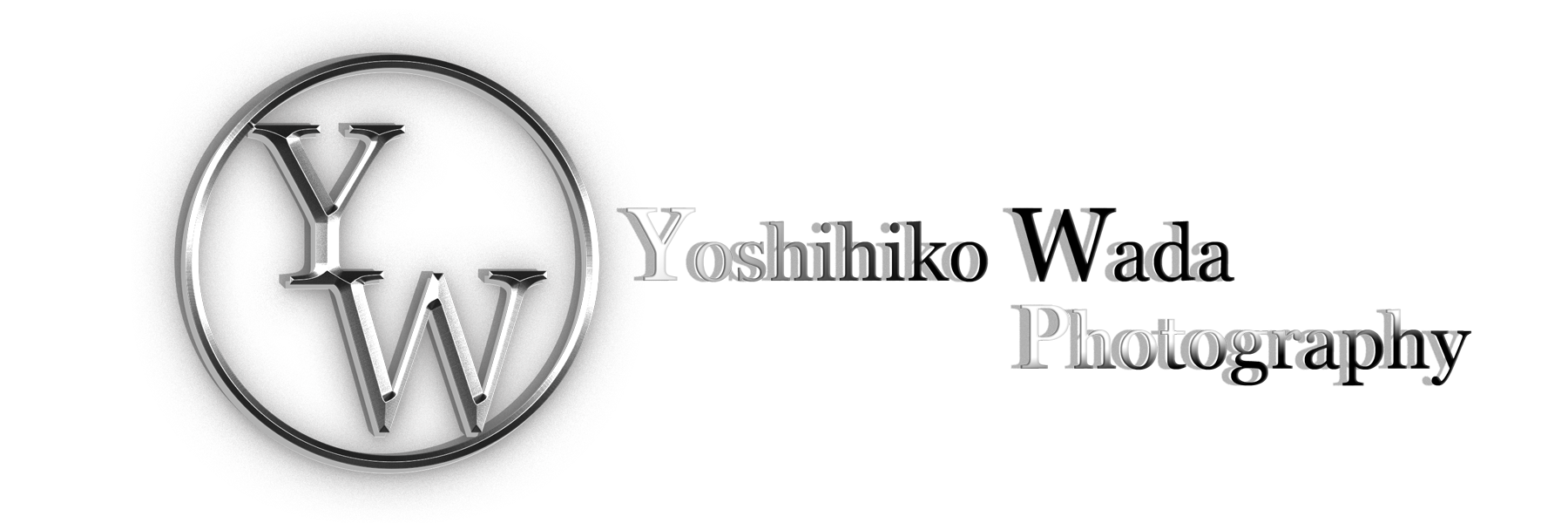
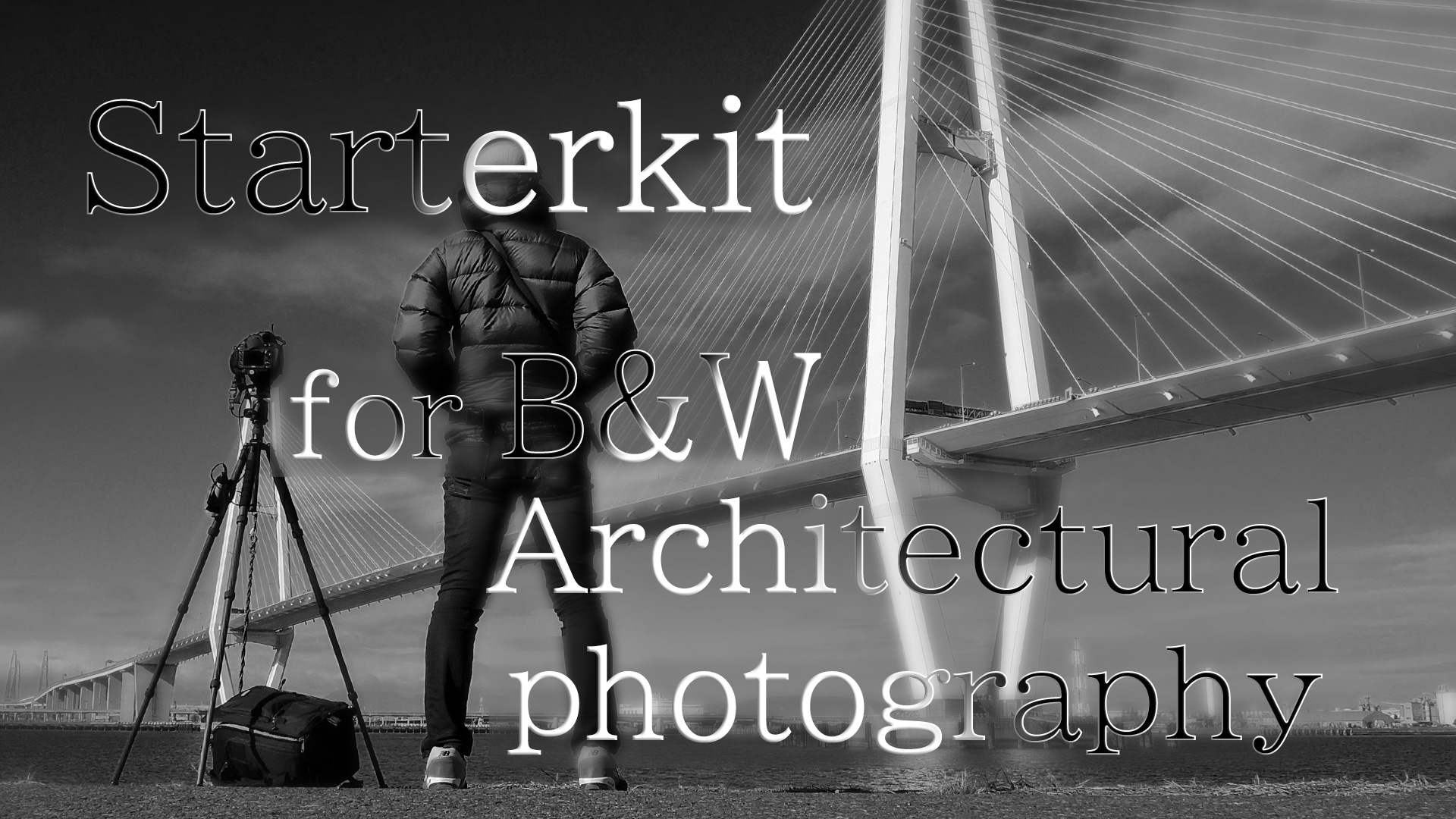
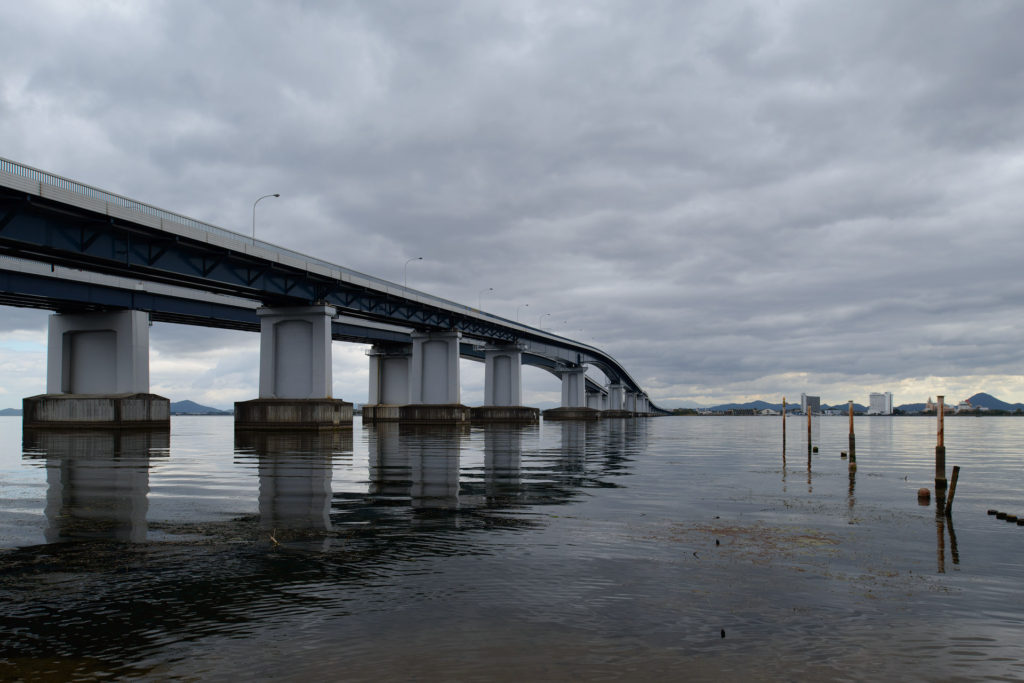
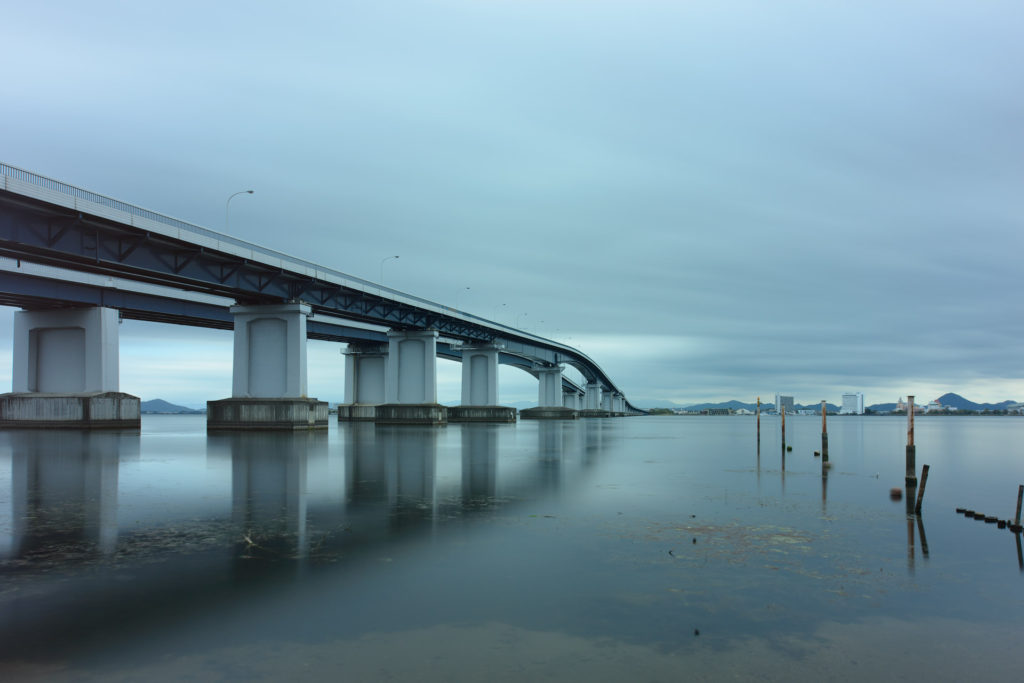


Comment